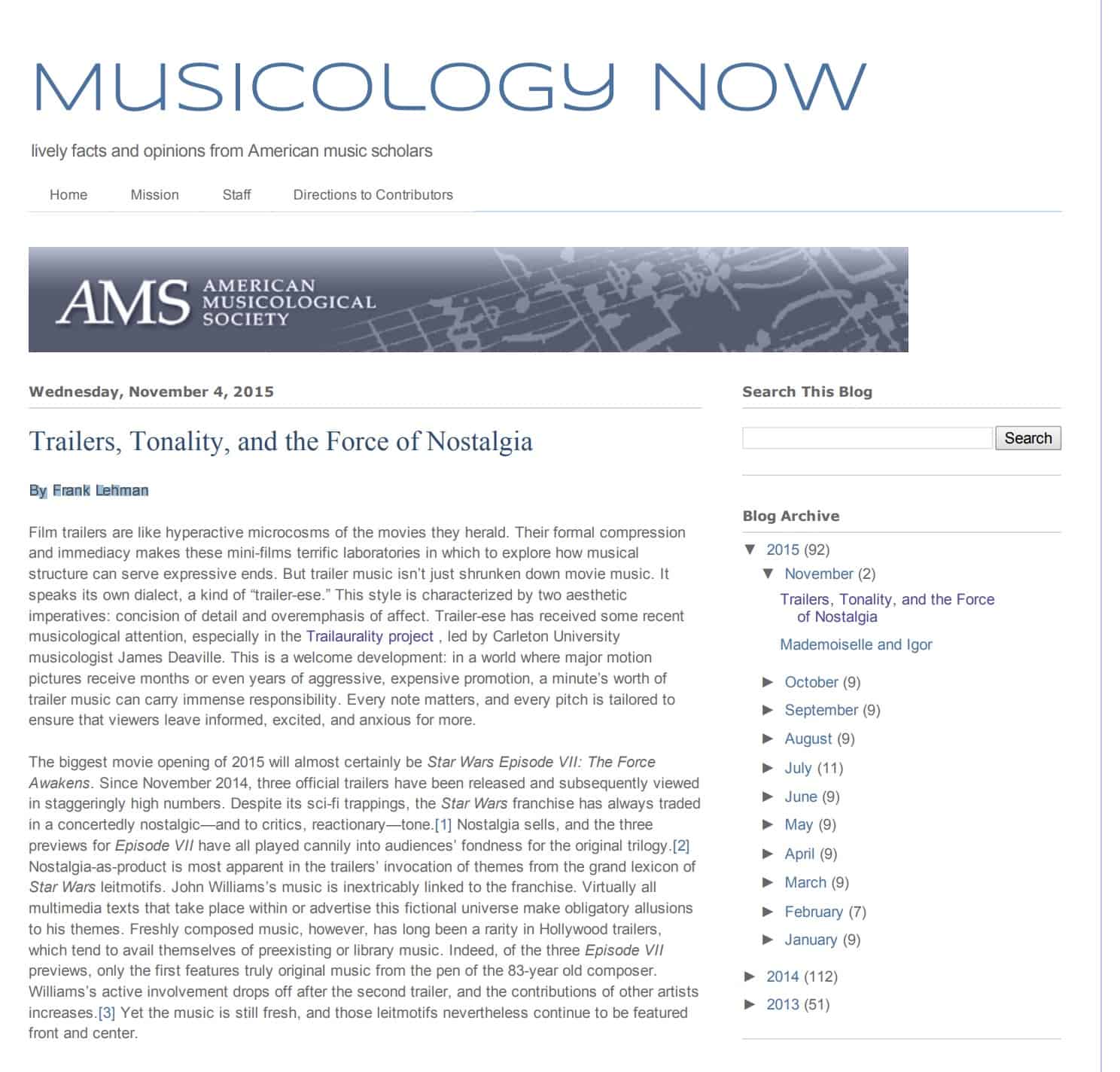If you’re serious about your music production, then you’ll want to make sure that your mixes sound as good as possible. This can be a difficult task, especially if you’re new to mixing.
How to Mix Music
One of the best ways to improve your mixing skills is to experiment with different techniques. This blog post will discuss three crazy mixing techniques that will help you achieve the best results!
By using these three crazy mixing techniques, you can take your mixes to the next level! So don’t be afraid to experiment and see what works best for you. With a little practice, you’ll be churning out professional-sounding mixes in no time.

Producers Take More Unusual Approaches
As any audio engineer knows, a mix is only as good as the sum of its parts. That’s why it’s so important to take the time to carefully listen to each track and make sure that it’s sitting in the right place.
While there are many different ways to do this, some producers take more unusual approaches. For instance, some engineers like to play their mixes back on a variety of different speakers, including car stereos and headphones.
Mix in Different Environments
This can give them a better sense of how the mix will sound in different environments. Others will use spectrum analyzers to check the frequency balance of their mixes, or even play them back at half speed to hear things that they might have missed at regular speed.
Whatever method you choose, taking the time to properly evaluate your mixes is essential to ensuring that they sound their best.
Use Reference Tracks
A great way to see how your mix stacks up is to compare it to a professional reference track. This can be any song that you think sounds great, and you can use it as a point of comparison for your own mix.
As you listen to the reference track, pay attention to the overall sound, as well as the levels of each individual element. This will give you a good idea of where your mix might need some work.
Of course, it’s important to keep in mind that not all mixes will sound exactly like your reference track. In fact, it’s often better to aim for something that’s unique and sounds fresh.
DAW Capacity to Visualize Music
It’s undeniable that our ability to visualize music has come a long way in recent years. With the advent of powerful digital audio workstations (DAWs), we are now able to create stunningly realistic visualizations of our music.
However, there is a downside to this increase in visual fidelity: it can often lead us to mix with our eyes, rather than our ears. The solution is to turn off your screen or close your eyes whilst you listen back to your mix. Without visual cues, you may find that you pick up on mixing issues you never spotted before.
This simple change in approach can help you to create a more balanced and polished mix. So next time you’re working on a project, why not give it a try? You might be surprised at the results.
Crazy Mixing Techniques
There are a lot of ways to mix different ingredients together to create new flavors. You can add things to change the texture, like adding chunks of fruit to yogurt.
You can also experiment with temperature, like making warm cookies. You can mix sweet and savory flavors together, like pairing chocolate with bacon. And you can even create unexpected flavor combinations by mixing unlikely ingredients together, like adding salt to watermelon.
So get creative in the kitchen and see what happens when you start mixing things up! Who knows, you might just create the next big flavor sensation.
1. The first technique is panning. Panning is the process of positioning a sound in the stereo field. You can use panning to create a more spacious mix or to create contrast between different instruments.
2. The second technique is EQing. EQing is the process of adjusting the frequency response of a sound. You can use EQ to boost or cut certain frequencies, depending on what sound you’re trying to achieve.
Both of these techniques are essential for getting a good mix. However, there’s one more technique that can really take your mixes to the next level.
The third crazy mixing technique is compression. Compression is the process of reducing the dynamic range of a sound. Compression can be used to even out the levels of a track or to make a sound punchier.

So there you have it, three crazy mixing techniques that will help you achieve the best results! Experiment with these techniques and see what works best for you. With a little practice, you’ll be churning out professional-sounding mixes in no time.
What is EQing?
EQing is the process of adjusting the frequency response of a sound. You can use EQ to boost or cut certain frequencies, depending on what sound you’re trying to achieve.
EQing Drums
When it comes to drums, most people tend to focus on the kick and snare. But don’t forget about the hi-hats, cymbals, and tom-toms – each one has its own unique sound that can add a lot to your mix.
As for EQing, you’ll want to start by boosting the low frequencies for the kick and snare. This will give them more power and punch. For the hi-hats, try cutting some of the high frequencies to make them sound less harsh. And for the cymbals, try boosting the midrange frequencies to make them really shine.
EQing Guitars
Guitars are another important element in most mixes. When EQing guitars, you’ll want to start by finding the right balance between the low end and high end. Too much low end will make the guitar sound muddy, while too much high end will make it sound brittle.
Once you’ve found the perfect balance, you can start to experiment with different EQ settings to see what sounds best. For example, you might try boosting the midrange frequencies to make the guitar sound more aggressive. Or you might try cutting the low end to make it sound cleaner.
It’s important to experiment with EQ until you find a setting that sounds good in the mix. And don’t be afraid to ask for help from a friend or colleague if you’re having trouble finding the right EQ setting.
What is compression?
Compression is the process of reducing the dynamic range of a sound. Compression can be used to even out the levels of a track or to make a sound punchier.
So there you have it, three crazy mixing techniques that will help you achieve the best results! Experiment with these techniques and see what works best for you. With a little practice, you’ll be churning out professional-sounding mixes in no time.
Now that we’ve gone over some basics, let’s move on to more specific tips for EQing different instruments.
Compressing Drums
As we mentioned before, compression is a great way to even out the levels of a track or make a sound punchier. When compressing drums, you’ll want to start with a moderate amount of compression. Too much compression will kill the natural dynamics of the drums, while too little won’t have any noticeable effect.
As you compress the drums, pay attention to the “attack” and “release” times. The attack time is how long it takes for the compressor to start working. The release time is how long it takes for the compressor to stop working.
You’ll want to experiment with different attack and release times to find what sounds best. A shorter attack time will make the drums sound punchier, while a longer release time will make them sound smoother.
Compressing Guitars
Guitars are another great candidate for compression. When compressing guitars, you’ll want to start with a moderate amount of compression. As with drums, too much compression will kill the natural dynamics of the guitar, while too little won’t have any noticeable effect.
As you compress the guitar, pay attention to the “attack” and “release” times. The attack time is how long it takes for the compressor to start working. The release time is how long it takes for the compressor to stop working.
You’ll want to experiment with different attack and release times to find what sounds best. A shorter attack time will make the guitar sound punchier, while a longer release time will make it sound smoother.
Sound in Different Environments
Anyone who has ever tried to mix a song knows that getting the sound right can be a real challenge. There are so many different elements to consider, and each one can have a major impact on the final product.
One of the most important things to keep in mind is how the mix will sound on various playback systems. Will it be too bass-heavy on a small speaker? Too trebly on a big one? Too quiet on a phone? The only way to know for sure is to try it out on as many different systems as possible.
That way, you can identify any problems and make the necessary adjustments. So don’t forget to take your mix for a test drive before you declare it finished.
Get A Friend to Listen
Back in the studio, there are still more things to try. Listen very loudly and very quietly, to see if any parts are swamped or poke out too much. Try walking out of the room and listening from a distance away – you’ll soon spot if something doesn’t sound quite right.
Also, get a friend to listen and give you their honest opinion. It can be difficult to hear our own work objectively, so another set of ears can be invaluable. Lastly, don’t be afraid to experiment. If something isn’t working, try something different.
The beauty of recording is that you can always start again if you need to. So go out there and create something great!
Conclusion
When mixing music, it is important to take into account how the song will sound in different environments. This can be done by comparing the mix to a professional reference track.
Additionally, it is helpful to turn off the screen or close your eyes while listening to the mix to better focus on the audio. By doing this, you may be able to identify mixing issues that were not previously spotted. Moreover, it is important to experiment with different techniques in order to create a unique and fresh mix.
Lastly, get a friend to listen to the mix and provide honest feedback. By following these steps, you can create a well-balanced and polished mix.
Crazy Mixing Techniques FAQ
What is panning?
Panning is the process of positioning a sound in the stereo field. You can use panning to create a more spacious mix or to create contrast between different instruments.
What is EQ?
EQ is short for equalization. EQ is used to adjust the balance of frequencies in a track. For example, you might use EQ to boost the bass frequencies in a guitar track.
What are Attack and Release times?
Attack and release times refer to how long it takes for a compressor to start working (attack time) and stop working (release time). You can use different attack and release times to create different effects. For example, a shorter attack time will make drums sound punchier, while a longer release time will make them sound smoother.
What are dynamics?
Dynamics refers to the changes in volume within a track. When compressing a track, you’re essentially reducing its dynamics. This can be used to even out the levels of a track or to make it sound louder and more ‘in your face’.
What is saturation?
Saturation is an effect that adds harmonics to a track, making it sound fuller and richer. Saturation can be used to add warmth to a track or to make it sound more aggressive.
Why is mixing so important?
Mixing is important because it allows you to control the balance of levels between different tracks, as well as the overall EQ and dynamics of the song. A good mix will make all the elements of a song work together seamlessly, while a bad mix will make them sound cluttered and muddy.
What are some common mixing mistakes?
Some common mixing mistakes include over-compressing tracks, using too much EQ, and not paying enough attention to the overall balance of the mix.
How can I make my mixes sound better?
By following the tips in this article, you can make your mixes sound better by paying attention to detail and taking the time to experiment with different techniques. Remember, there is no ‘right’ way to mix – it’s all about what sounds best for the song you’re working on. So don’t be afraid to try out new things and see what works for you!










